How Academic Historians can be Useful to K-12 Teachers
NCHE
MARCH 25, 2024
Some of those articles are written for mass-market publications, while others focus on specific topics and outlets ranging from nursing to Black culture to material artifacts. Teachers can share any entry, or collection of entries, from Bunk with students, who can also explore the evolving archives for themselves.

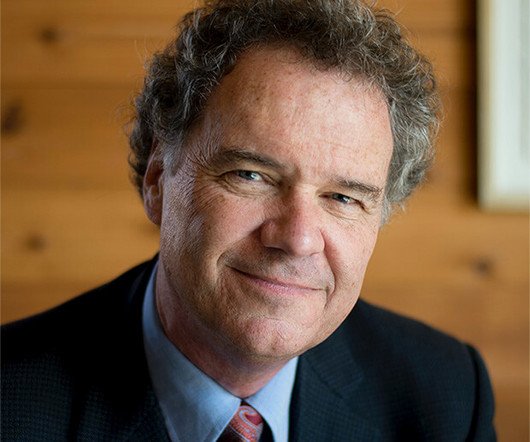




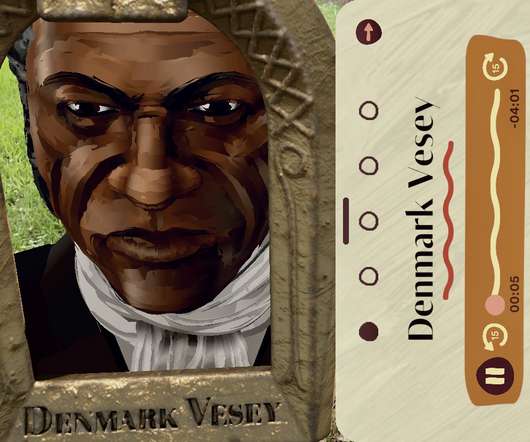

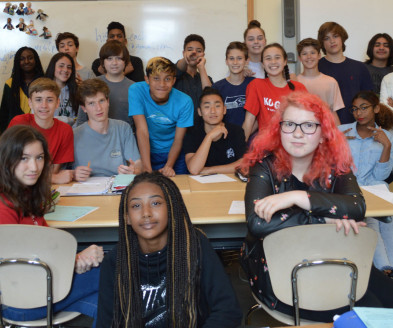

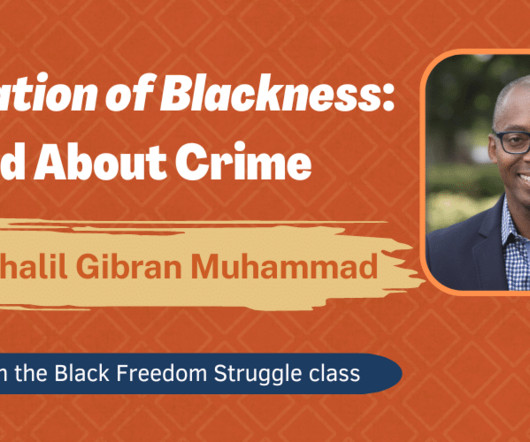

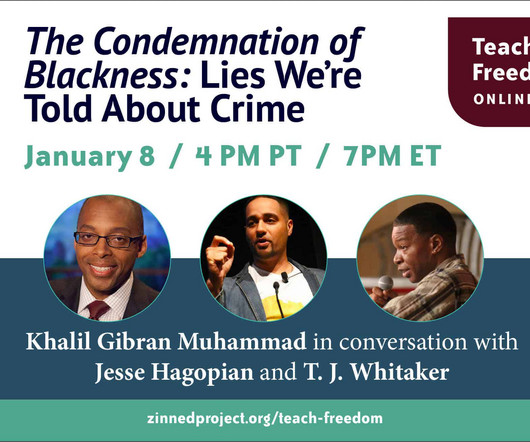






Let's personalize your content